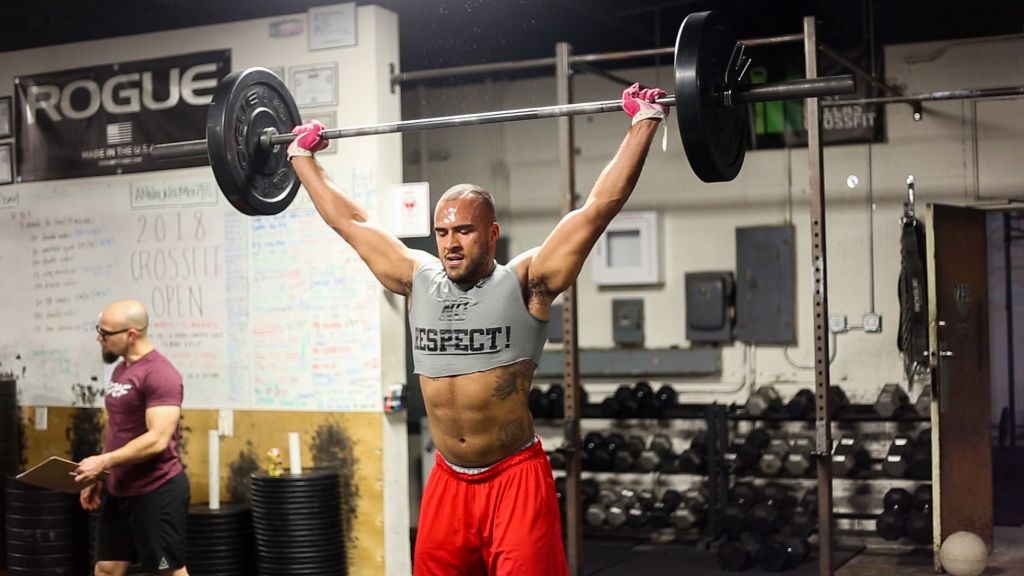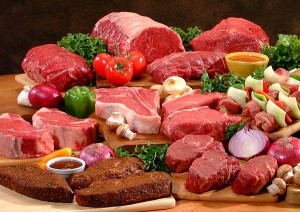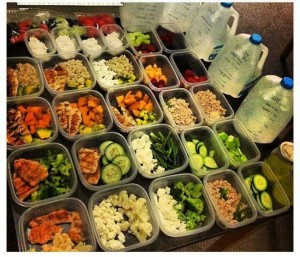
The Myth Of Overnight Abs
Written by Coach RJ Teague
I will not promise you any overnight results, and here is why…
We’ve all seen the proclamations of “lose 30 pounds in 6 weeks” in the grocery store check out isles, “12 days to chiseled abs” in an article your friend shared on Facebook, “drop a dress size today!” with body wraps sold by a coworker in your office or, my favorite, “burn 318% more body fat” by taking this pill as seen in television advertisements.
Their marketing is nearly flawless. You and I both have picked up that magazine before. We have considered that “ab routine.” We were curious when the shared Facebook article popped up on our feed. You and I both have seen the tv ads and maybe even Googled it at some point. These people know what they are doing. Or do they? They are marketers. They are advertisers. And guess what? They are really good at their jobs. They are not doctors, clinicians or health care professionals. They are not dieticians, nutritionist or nutrition and wellness coaches. They are not athletic trainers, fitness professionals or elite sports coaches. They are given a product and are told to sell it.
What they promise you is not sustainable. Notice there is always something new being advertised? If what is already out there works and is “the best” then why are there always new products, new ads, new routines, new pills? Simply put, they do not work, not in the long term. You may have dropped that dress size, I don’t doubt that you probably made your superficial core a bit stronger for those few weeks on your new ab routine, that body wrap deceived you but it worked for a day or two, I could go on…
“What about the people in the advertisements that endorse the product or routine? They look amazing!” Yup, I agree. They are fitness models, professional athletes and conditioned bodybuilders. They might be using what they are selling but they are also following a daily check list of more sustainable and realistic healthy habits that the population they are selling to are not doing.
With many of these health and fitness quick fixes, once you stop them your body and your habits revert right back to where you were when you started. I don’t doubt that you were stringent and stuck to the program you subscribed to but many of them are extreme and for short periods of time. Take something away from anyone’s existing diet and they will lose weight. If you cut your water intake in half for 2 days, you’ll see pounds disappear on the scale each morning. Guess what, once you go back to your normal water consumption, the weight comes back.
The most well-known example is the Master Cleanse diet of lemonade, maple syrup and cayenne pepper. The participant is allowed to consume 6-12 glasses of the concoction for 10-40 days. Wait, they also get to drink as much salt water as they want and an herbal laxative. The Master Cleanse promises fast weight loss. Does it deliver? Yes. Bottom line is this way of eating (or not eating rather) puts the participant in an extreme caloric deficit but gives the body just enough energy from the maple syrup to function, although barely. This also means that solid foods aren’t being consumed so the participant eliminates other factors that keeps them from weight loss in their normal setting. For example, foods that may be inflammatory to them like dairy, wheat and fried foods. Once the participant stops drinking the lemonade and returns to how they eat prior, the majority of the weight they lost comes right back.
Why doesn’t this provide sustainable, lasting change? Because the participant didn’t make any sustainable, lasting changes to their lifestyle. Their lifestyle is what put them in an overweight state to begin with, going back to that will not promote continued weight loss or sustaining the weight loss they achieved on the Master Cleanse. This “diet” does not teach healthy change and does not help the body learn how to stay in its new state. The body is essentially starving during this time and once real food comes back, it’s dying to have it. The body doesn’t know if or when this state of extreme deficit may occur again so in turn the body tries to plan ahead and wants to hold on to and stock pile everything that’s consumed in case it’s put back into starvation mode again in the future. This is why participants gain the weight back. I’m also sad to report that by doing this, the weight that is lost is a lot of water and a lot of muscle. There’s also a good chance the participant actually gained body fat although they lost weight during this time which increases their risk for heart disease, diabetes and many cancers. Sounds healthy right?
If you want sustainable, lasting change for your body, you have to make sustainable, lasting changes to your habits. Make sure you eat some vegetables at every meal along with an 8oz glass of water. Exercise and more importantly, move some each day. Make a habit of cooking at home when possible instead of eating out. Cooking will give you more appreciation for your food in a culture where we can get almost always get food within a matter of minutes via fast food, delivery services and prepared foods in grocery stores.
Be skeptical of fast results, quick fixes and overnight anything. The weight didn’t show up overnight and your habits don’t change overnight. Not everyone has to live an extreme life to be healthy. For most, small, daily changes can be made with surprising results like better sleep quality, increased daily energy, lower blood pressure, decrease in chronic conditions like headaches, improved blood cholesterol levels and positive changes in body composition.
Final thought I’d like to share. Don’t get sucked into “cleanses,” your liver should be good enough. If not, head to the hospital, you need a new one.
Coach RJ is head of our comprehensive Nutrition Program. If you’re interested in taking your nutrition to the next level, or just get pointed in the right direction, please check it out!







